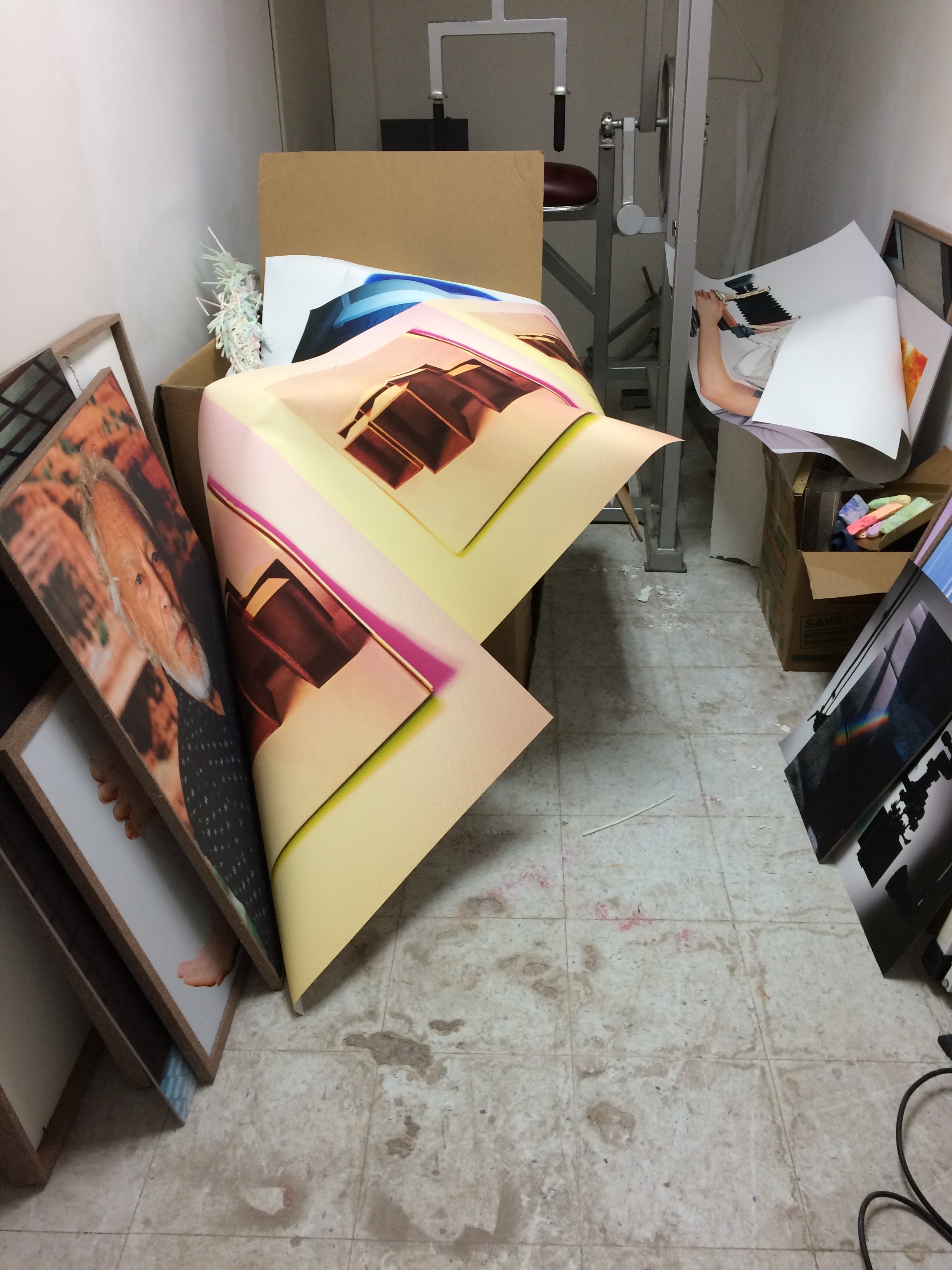
It’s never pretty when artworks are damaged, especially due to carelessness or miscommunication. This past spring, the Los Angeles-based artist Ian James showed at Houston’s Self-Actualization. Jon Lindsey, one of the co-directors of the space, claims that after the run of the exhibition, James’ works were damaged when they were removed for an event hosted by the Houston-based organization Creative Women Unite (CWU).
James’ show, In the Caverns of Your Mind, was on view from January 9th to February 13th, 2015 in the abandoned fourth floor of the 2800 San Jacinto building, which was donated by the building’s owner. A subsequent event, hosted by CWU, took place on March 7th, three weeks after the closing date of In the Caverns of Your Mind. To prepare for this event, CWU took down James’ show and damaged the prints as they removed them from the walls and put them in a storage area. Lindsey claims that Self-Actualization was given no opportunity to de-install the show before CWU took down James’ work. He communicated with CWU shortly after discovering the damage, and requested $300 to compensate James for the cost of reprinting works that were destroyed.
CWU released this statement about the issue: “The property owner gave us a date to begin our install. When we asked about artwork and installation pieces left in the space, we were told we could uninstall the exhibit. It is our understanding that had the exhibit prior been token down [sic] in a timely manner, this would not be an issue. We took occupancy the date we were given by the property owner; and began our make-ready on that date.”
For his part, Lindsey’s statement is resigned: “The owner generously allowed both organizations to use the space free of charge and, obviously, there was miscommunication between all parties, which led to Ian James’ show being torn down. We were never notified the show had to come down, but now we have a better understanding of the risk associated with anything free, and in the future when we use nontraditional spaces we’ll do a better job of securing the work. That said, it was heartbreaking telling Ian what was done to his work, and the fact that CWU has never expressed any remorse to him makes it so much worse.”
Of course, it’s the responsibility of the exhibiting organization to ensure an artist’s work isn’t damaged. In this situation, the ultimate loser is the artist, who is both without the work that was exhibited in the show, and without the means to reproduce his prints. Here we see the irony of the art world: everyone claims that art is valuable and worth funding, until it ultimately has to be paid for.



